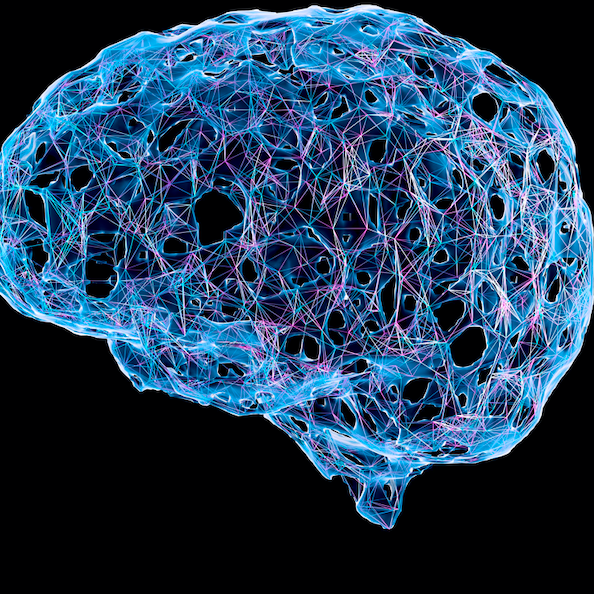

Research Terms
Industries
This non-invasive procedure measures the density of pancreatic islet cells to characterize the progression of diabetes. The global market for diabetes diagnostics and treatments will exceed $230 billion by 2027. In patients with diabetes, progression involves the loss of insulin-secreting pancreatic islet cells. Traditional diabetes diagnosis and monitoring measures concentrations of serum insulin, c-peptides, and proinsulin in drawn blood to determine the level of insulin produced by the pancreas. However, these results only measure insulin circulating at the time of taking the sample and not insulin secretion, making them ineffective at evaluating pancreatic function for certain patients.
Researchers at the University of Florida have developed a non-invasive assay that uses Gamma-aminobutyric acid (GABA) as a biomarker to characterize the function of pancreatic islet cells, indicating their ability to secrete insulin. This procedure more directly measures the pancreas’s ability to secrete insulin.
Diagnostic imaging of the pancreas using GABA as a biomarker that aids treatment of patients with diabetes or impaired pancreatic function
The molecule GABA is a known metabolite of pancreatic islet cells and is integral in the production of insulin. Thus, using GABA as a biomarker can directly measure the ability of the pancreas to secrete insulin. The non-invasive test uses a magnetic resonance spectroscopy assay carried out with MRI equipment and analyzed in a proprietary software pipeline to determine the density of functioning pancreatic islet cells. The output will be a single value that is readily interpretable to inform relevant clinical treatments. No additional contrast agent needed, making the only requirement for implementation minimal training with the automated software.
This user-optimized nerve-stimulation therapy recognizes physiological changes in response to augmented reality simulations in order to deliver cranial nerve stimulation at the optimal time, for example, before the onset of anxiety. Nerve stimulation therapy treats neurological disorders, chronic diseases, and pain through electrical manipulation of a variety of cranial nerves. Bioelectric medical technologies have proven successful overall, generating more than $16 billion in 2018. Available cranial nerve stimulation techniques deliver stimuli once the negative condition occurs, only suppressing symptoms after they arise. Because of this, those with common anxiety disorders benefit little from nerve stimulation therapy.
Researchers at the University of Florida have designed a feedback system to improve the timing of nerve stimulation therapy for combatting negative neurological responses. By recognizing physiological indicators, the system delivers nerve stimulation before the anxiety or other disorder manifests. The system optimizes nerve stimulation therapy to extend its applicability to a variety of neurological and psychological disorders, such as anxiety, phobias, depression, epilepsy, and PTSD, or for enhancing the acquisition of new skills.
Biofeedback system for user-optimized cranial nerve stimulation therapy that employs augmented reality scenarios
The biofeedback system accounts for physiological responses as it coordinates stimulations of cranial nerves in conjunction with augmented reality (AR) simulations. In trials, the system optimizes vagus nerve stimulation based on changes in respiratory sinus arrhythmias or other markers of physiological impact. Physiological responses can determine when to administer stimulation techniques in order to modulate the symptoms of PTSD or anxiety, for example, or to facilitate neuroplasticity-based learning. Physiological behavior from preceding sessions along with the particular AR scenario determines stimulation delivery. As patients undergo more sessions, the system optimizes stimulation by learning to anticipate the negative event, in the case of neurological/psychological therapy, or the learning scenario, in the case of reinforcing skill development.





































































































